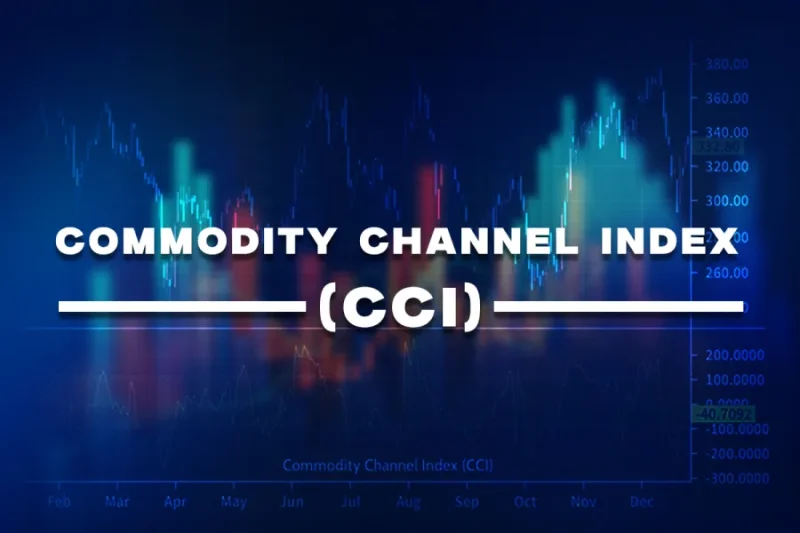
Master the Commodity Channel Index: Unleash the Power of the CCI Indicator!
The Commodity Channel Index (CCI) is a versatile technical analysis tool that was first introduced by Donald Lambert in 1980. This indicator has been widely used by traders worldwide to assess price trends, and it’s just as effective today. It helps you identify potential price reversals, bullish and bearish market conditions, and provides a measure of the current price level against an average price level over a specific period.
To comprehend the full functionality of the CCI, it’s crucial to understand how it works. The CCI calculates the difference between the current price and the average price over a set period. This difference is then divided by the mean deviation. The result is multiplied by a constant (0.015) to normalize the reading for ease of interpretation. Accordingly, the CCI provides traders with a quantifiable measure of price deviation from the average.
CCI typically fluctuates between -100 and +100. When the CCI is above +100, it signifies that the price is significantly higher than the average price. This Condition often signals an impending price reversal as the market may be overbought. Conversely, when the CCI is below -100, it implies that the price is significantly lower than the average price, indicating an oversold market condition and a potential price bounce. However, it’s important to remember that the CCI, like any other technical indicators, is not infallible and should be used in conjunction with other market analyses.
One of the most compelling features of the CCI is its versatility. It can be used for any trading instruments, including stocks, commodities, forex, or indices, over any trading period. It is equally effective on daily, weekly, monthly, or intraday charts. Therefore, the CCI meets the diverse needs of swing traders, day traders, and long-term investors.
However, to optimally use the CCI, it’s crucial to understand its limitations. Firstly, the CCI is a lagging indicator meaning it relies on past price data. Thus, it might not react to real-time market changes promptly. Secondly, although it’s designed to normalize the readings, CCI can become extremely volatile during periods of high market volatility. Lastly, it could present misleading signals during periods of low volatility or non-trending markets.
A popular strategy using the CCI includes combining it with other indicators to increase reliability. For example, using Moving Averages can help improve adjustment to market volatility, and pairing the CCI with the Relative Strength Index (RSI) can help filter out false signals.
Another strategy is using divergence on the CCI to predict trend reversals. For instance, when the price makes a new high, but the CCI fails to surpass its previous high, this is known as a bearish divergence, indicating an impending downturn. Similarly, a bullish divergence occurs when the price makes a new low, but the CCI does not drop below its previous low, signaling a potential upswing.
Additionally, traders also use the zero-line reject, a technique where the CCI crosses above the zero line indicating a strong uptrend and an opportunity to buy, and vice versa.
In summary, the Commodity Channel Index is an innovative technical analysis tool that offers valuable insight into market trends. With its versatility and broad application, it has become critical in the trading strategy of many financial market participants. Understanding its functionality, advantages, limitations, and application strategies would not only help identify potential trading opportunities but also mitigate trading risks. Remember, the success of a trading strategy enormously depends on the trader’s ability to interpret multiple market indicators accurately and apply them judiciously.
